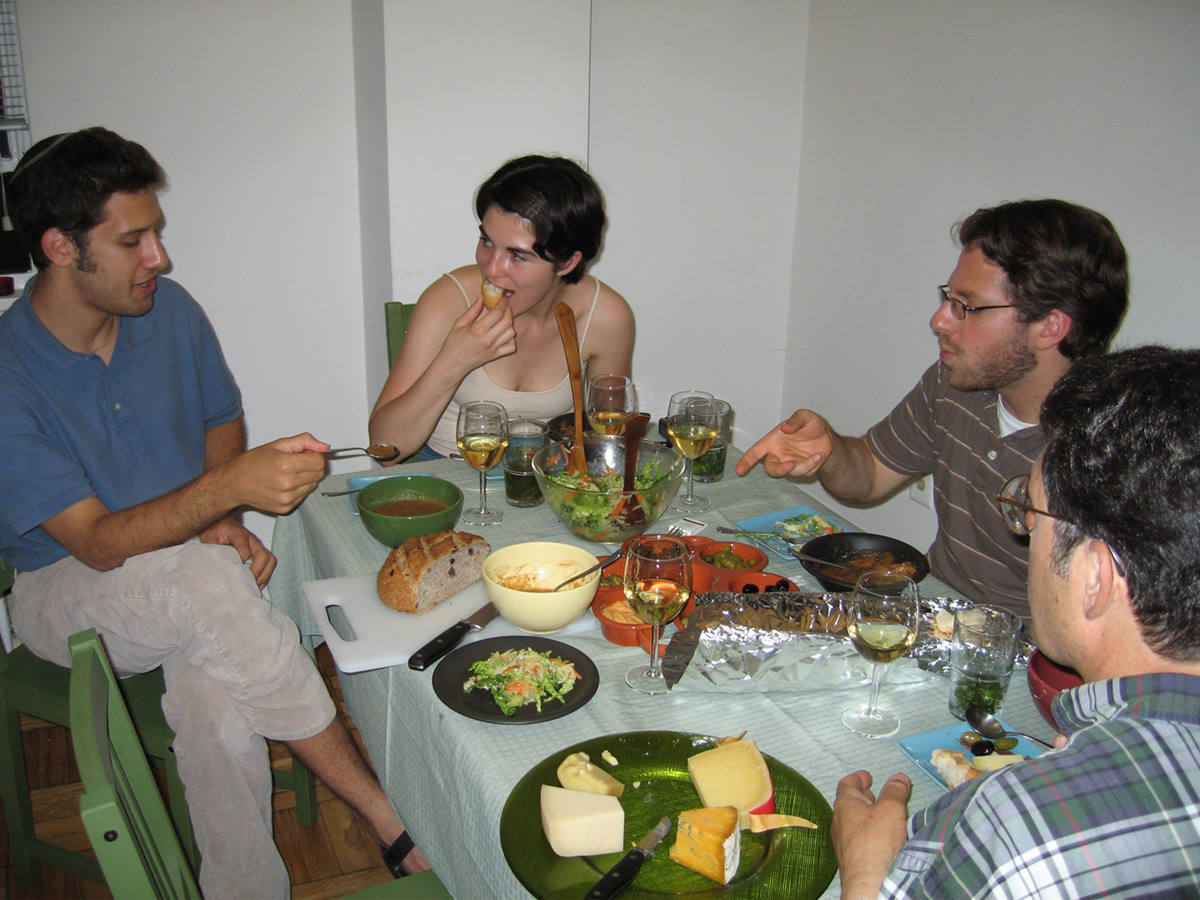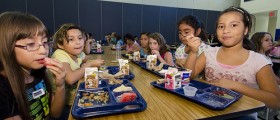
The study, published in the American Journal of Clinical Nutrition, included 63 kids between the ages of three and five. The study's lead author Jennifer Savage Williams explained the idea behind her research. She said: "So the thought (was) that allowing children to self-select (food portions), as opposed to being served portions, which tend to be larger than age-appropriate, children may potentially consume more in line with what they actually need." In other words, kids won't take larger portions than they can handle when allowed to self-select. They may, however, be pressured into eating more than they would choose to if adults placed bigger portions on their plate.
Perhaps the spirit of this theory isn't totally wrong, but the details were different than expected. The preschoolers who participated in the study received large, 400 gram portions of macaroni in a family-style meal. Later, bowls were placed on the table so the kids could decide how much they wanted for themselves. Both times, children ate around 200 grams worth of macaroni. But what's interesting is that the kids placed the same amount on their own plate as they were served before. Savage Williams concluded: "Self-serving may be good, but it's important to have some guidance and rules about how to self-select appropriate portion sizes.

















Your thoughts on this
Loading...